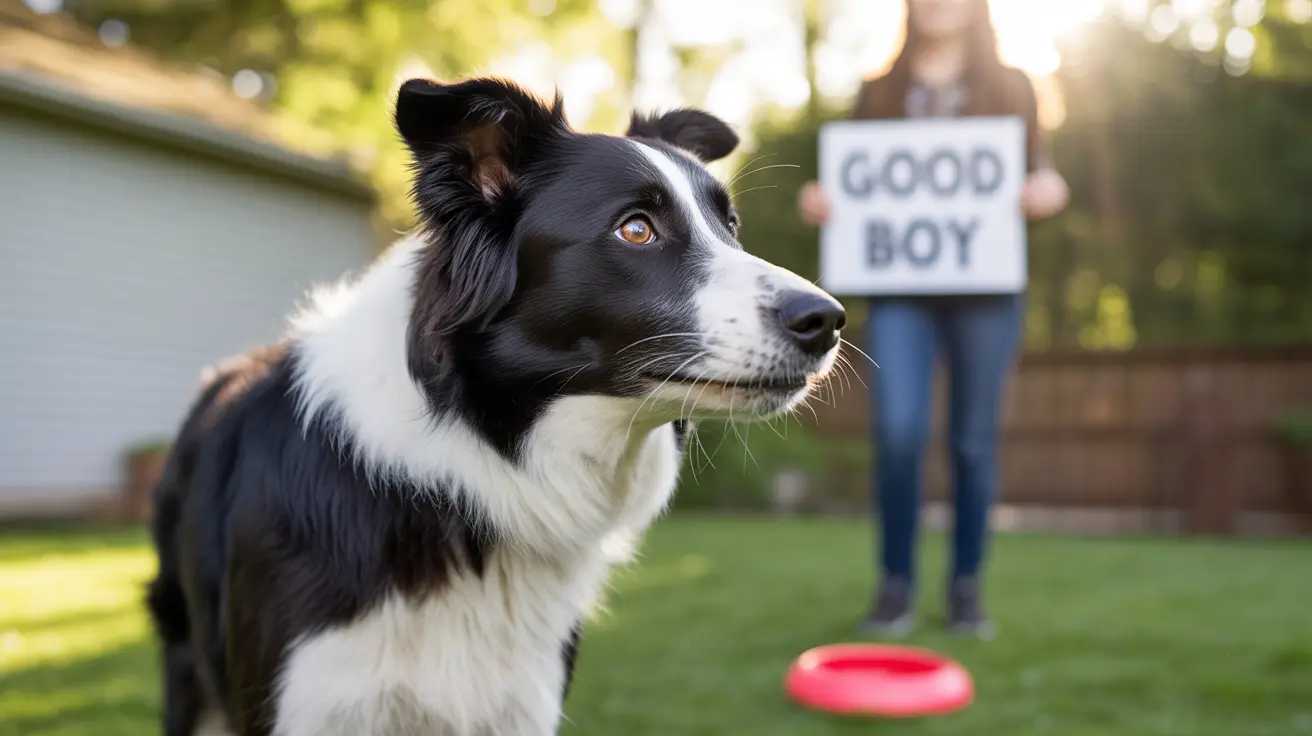Understanding Why Dogs Don't Listen
What we perceive as stubbornness is often a communication breakdown or lack of proper motivation. Recent studies show that dogs who appear to ignore commands may be confused, anxious, or simply haven't found the right incentive to comply.
Individual breed characteristics play a significant role. Independent-minded breeds like Huskies, Terriers, and Beagles may require more creative training approaches than naturally eager-to-please breeds like Golden Retrievers or Border Collies.
Setting Up for Success: The Foundation of Effective Training
Before diving into specific training techniques, creating the right environment is crucial. A tired dog is often more receptive to training, so ensure your pet gets adequate exercise before training sessions. Studies indicate that dogs who receive proper physical and mental stimulation are 60% more responsive to commands.
Choosing the Right Training Environment
Start training in a quiet, distraction-free space. As your dog masters commands in this controlled setting, gradually introduce more challenging environments. This progressive approach, known as "proofing," helps build reliable responses regardless of surroundings.
The Power of Positive Reinforcement
Modern training methods emphasize positive reinforcement over punishment. Research shows that dogs trained with positive reinforcement learn faster and retain commands longer than those trained with aversive methods.
Selecting Effective Rewards
High-value treats, favorite toys, or enthusiastic praise can all serve as powerful motivators. The key is identifying what truly excites your individual dog. Some dogs will work tirelessly for a piece of chicken, while others might prefer a quick game of tug-of-war.
Building Focus and Attention
Teaching a dog to focus on you is fundamental to successful training. Start with simple exercises like rewarding eye contact and gradually build duration. Consistent practice helps create a dog that naturally checks in with you, even in distracting environments.
Training Session Structure
Keep training sessions short (5-10 minutes) but frequent. Multiple brief sessions throughout the day are more effective than one long session. Always end on a positive note, even if progress seems minimal.
Troubleshooting Common Challenges
If your dog consistently ignores commands, consider these potential issues:
- Command confusion due to inconsistent cues
- Insufficient reward value
- Too many distractions in the environment
- Physical discomfort or health issues
- Emotional states like fear or anxiety
Frequently Asked Questions
How can I train a stubborn dog that ignores commands using positive reinforcement?
Focus on finding high-value rewards that truly motivate your dog, and start training in a distraction-free environment. Use clear, consistent commands and reward even small steps toward the desired behavior. Gradually increase difficulties as your dog shows progress.
What are effective rewards to motivate a dog that won't listen or follow commands?
Experiment with different rewards like premium treats, favorite toys, or playtime. Some dogs respond well to food rewards, while others might work harder for a game of fetch or belly rubs. The key is finding what your individual dog values most.
Why does my dog seem stubborn or unresponsive during training sessions?
Dogs may appear stubborn due to confusion, lack of motivation, too many distractions, or physical/emotional discomfort. Assess your training environment, reward value, and your dog's overall well-being to identify potential barriers to success.
How should I structure training sessions for a dog with a short attention span?
Keep sessions brief (5-10 minutes), frequent, and highly rewarding. Focus on one command at a time, and always end before your dog loses interest. Gradually build duration as your dog's focus improves.
When is it best to seek professional help for a dog that refuses to listen to basic commands?
Consider professional help if your dog shows no improvement after several weeks of consistent training, exhibits anxiety or aggression, or if safety concerns arise. A certified professional trainer can assess your specific situation and develop a tailored training plan.
Conclusion
Training a dog that won't listen requires patience, consistency, and the right approach. By understanding your dog's motivations, using positive reinforcement, and maintaining realistic expectations, you can build a stronger bond and achieve your training goals. Remember that every dog learns at their own pace, and celebrating small victories along the way will help maintain momentum in your training journey.






